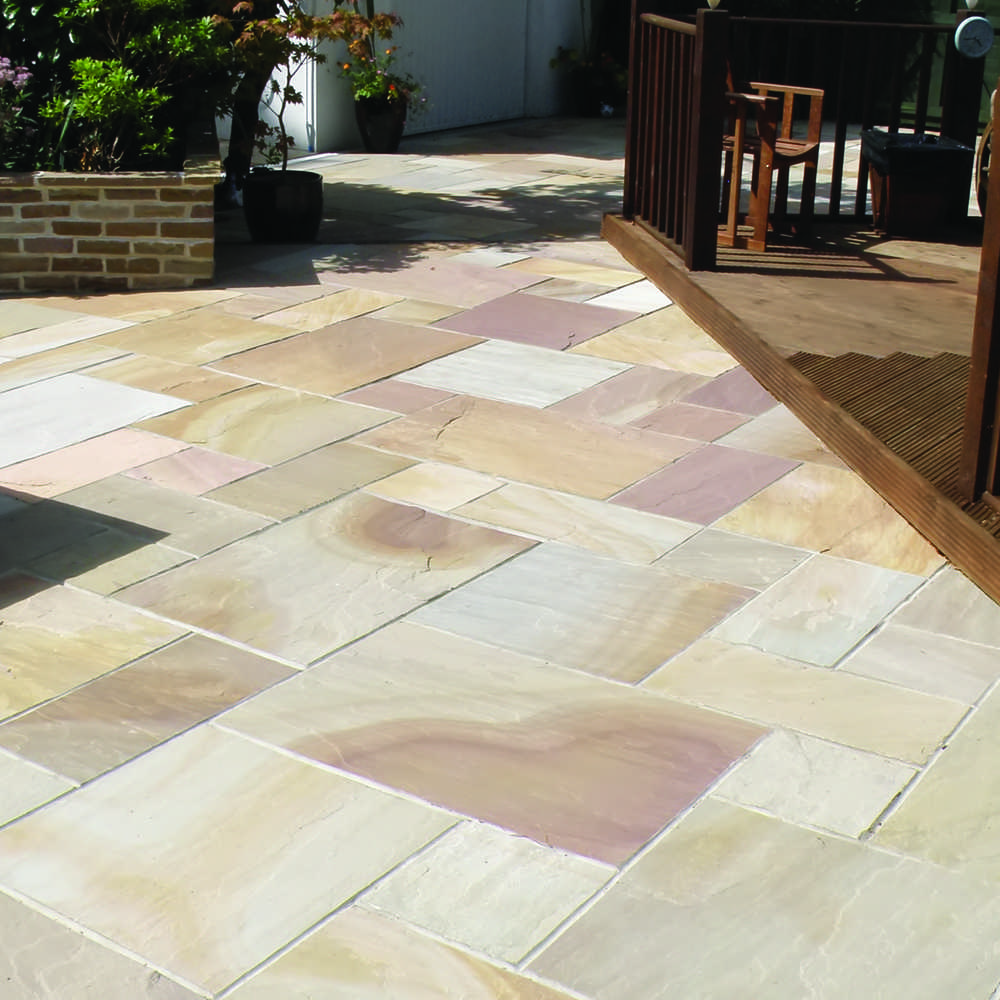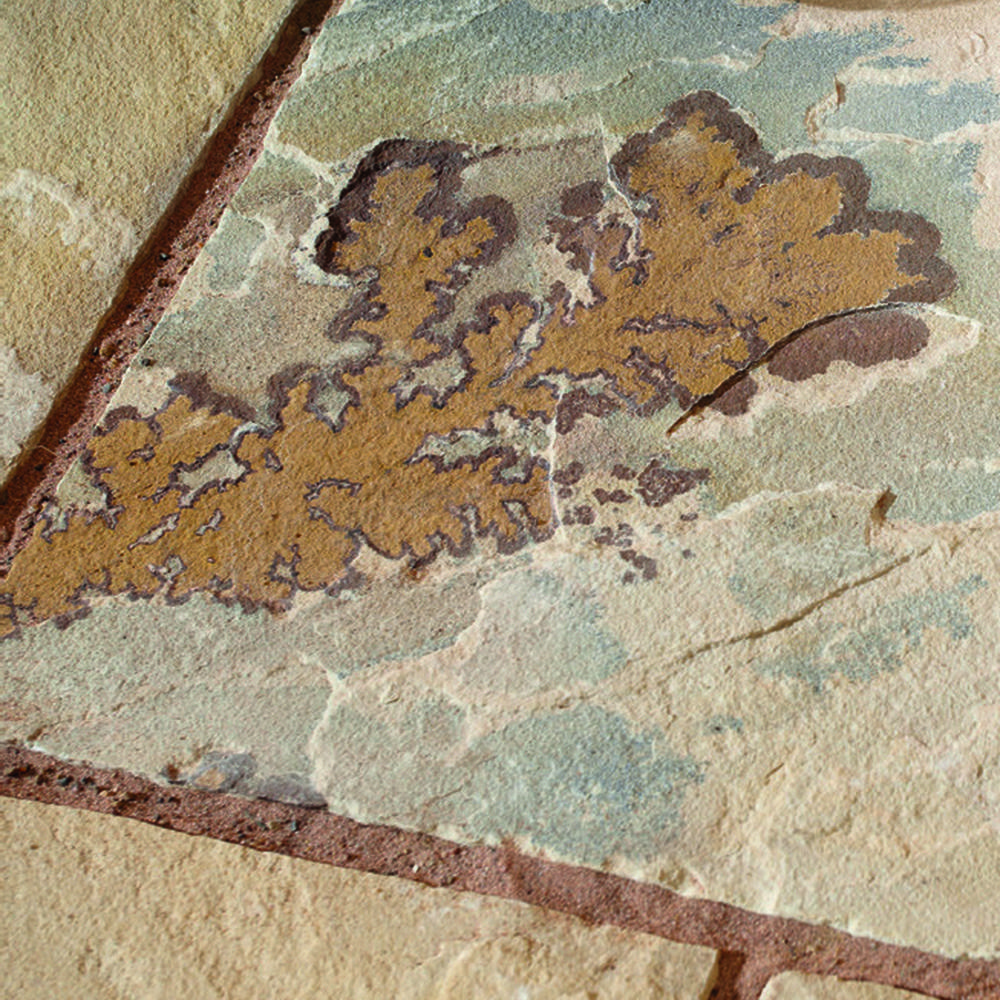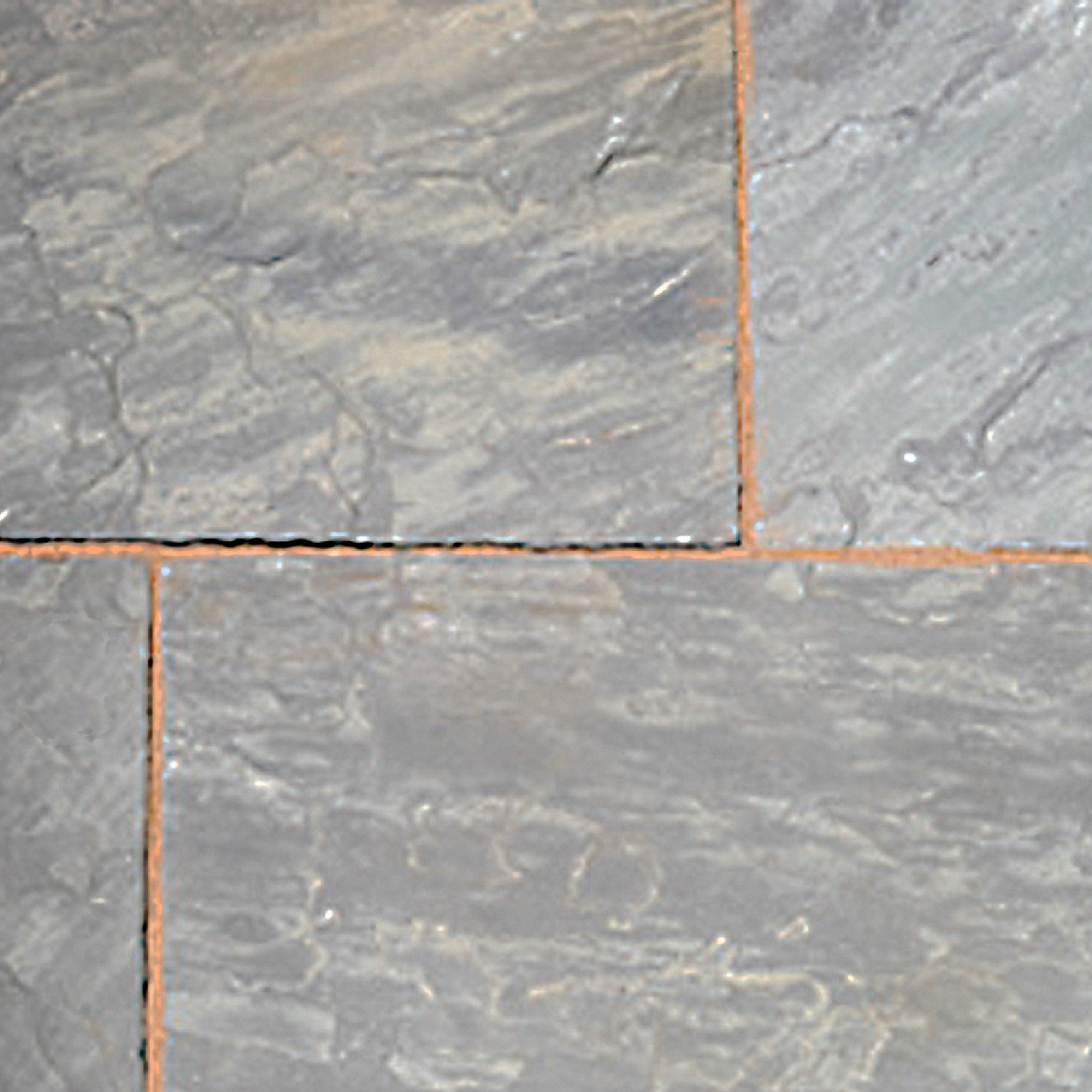-
Patio Pavers
By Material By Surface FinishThere are many types of natural stone available, so it is important to choose the right natural stone for you. Natural Paving's stone has been tested by a lab in the US and has far surpassed all ASTM requirements for paver material. Find out more...Tests include:
SI (Compressive Strength ASTM C140-15). The is the amount of pressure per square inch that may be applied before the stone breaks
Absorption Rate (ASTM C140-15). A low absorption rate is crucial to prevent stone holding onto water, especially in colder climates where high water content can result in the stone cracking
Coefficient of Friction Rate (ASTM C140-15). This is the slip resistance rating o the stone to ensure if is safe for use outside
Furthermore, all products from Natural Paving are CE marked to ensure they meet with strict EU regulations that were introduced in 2013. European standards EN1341 (flagstones), EN1342 (pavers) and EN1343 (kerbs) specify the requirements and test methods for each of these. The CE testing covers areas similar to ASTM including water absorbency, flexural strength and frost resistance.
All natural stone products have been tested to show the various properties of each stone and how it is likely to react under different circumstances.
-
Explore the Collections
Classicstone™ Collection
-
Golden Fossil Natural sandstone with a light color blend of cream, buff, pink and gray with occasional fossil imprints
-
Harvest Natural sandstone with a warm blend of brown, camel and cooler gray contrasting tones
-
Promenade Natural sandstone in mainly light gray color tones with subtle mix of darker shades with occasional buff banding
-
Lakeland Natural sandstone with a selection of cool, understated tones of brown, khaki, lilac and gray
-
Graphite Natural sandstone with a selection of dark, charcoal gray tones accompanied by brown and buff swathes
-
Charcoal Natural limestone in a rich dark matt gray that gradually lightens in sunlight to a mix of mid-gray tones
-
Steel Blue Natural limestone in a cool blue-gray color mix with occasional copper banding
De Terra™ Collection-
Harvest Path and driveway pavers in natural sandstone with a warm blend of brown, camel and cooler gray contrasting tones
-
Promenade Path and driveway pavers in natural sandstone in mainly light gray color tones with subtle mix of darker shades with occasional buff banding.
-
Lakeland Path and driveway pavers in natural sandstone with a selection of cool, understated tones of brown, khaki, lilac and gray.
-
Charcoal Driveway pavers in natural limestone in a rich dark matt gray that gradually lightens in sunlight to a mix of mid-gray tones.
-
Sahara Pathway pavers in natural limestone in buttermilk and matt gray shades with occasional burnt copper tones.
-
- Driveway Pavers
- Wall Blocks
- Pool Coping & Steps
- Features
- Inspiration Center Get Ideas and shop the look
- Sale
You have no items in your shopping cart.
Understanding color and texture variation in natural stone
Colour Variation
Natural stone paving is manufactured from large sections of rock face and as such, contains a variety of naturally occurring minerals.
These minerals produce color variations within the stone and depending upon where the stone is quarried, these may be strong, bold colors with a broad range of shades or more of a subtle mix of tones with light variation between individual pavers.
The names of the products are sometimes an indication of the colors to be seen within the ranges, but unlike concrete paving, all natural stone paving will include a selection of shades within the range. For example, Steel Blue limestone will include blue-gray colors, but can also show inclusions of copper and bronze.
Sandstone is known for its beautiful array of colors and will often include tones of pink, lilac, bronze, grey, buff and brown, but it's best to keep an open mind, and enjoy the wonderful variations nature has to offer.


Unique Characteristics
Being a natural material, there will often be distinctive markings within the stone, for example white veining, iron and copper deposits that appear as brown or black freckles or spots in addition to occasional fossil imprints.
When found, fossil markings are highly desirable features and your own unique piece of history produced over millions of years. Some may appear as shown in the image whereas others can firstly appear as black marks, but when examined more closley, you will often see fine stems or leaves from ancient plant life.
Veining such as quartzite sometimes gives the impression to the untrained eye that the paving has been somehow glued together, however again, when examined more closely, you will see the vein has a delicate sparkle in sunlight from the quartz crystals.
Other marks can appear similar to rust marks, which when you consider these marks are formed by iron deposits in the stone, will be formed from the same minerals as rust.
These marks are part of the natural make up of the stone and should be embraced as part of the original and unique characteristics of a natural product.
Natural Stone Texture
The texture of natural stone is usually either a natural split (cleft) finish or the stone may be machined to give it a different finish, for example a smooth finish or a textured, stippled surface.
Aside from this, the stone itself may exhibit natural textures created by nature.
These may include small pits in the surface or irregularities in the texture, for example, veining, ridges, sunken and raised areas.

















